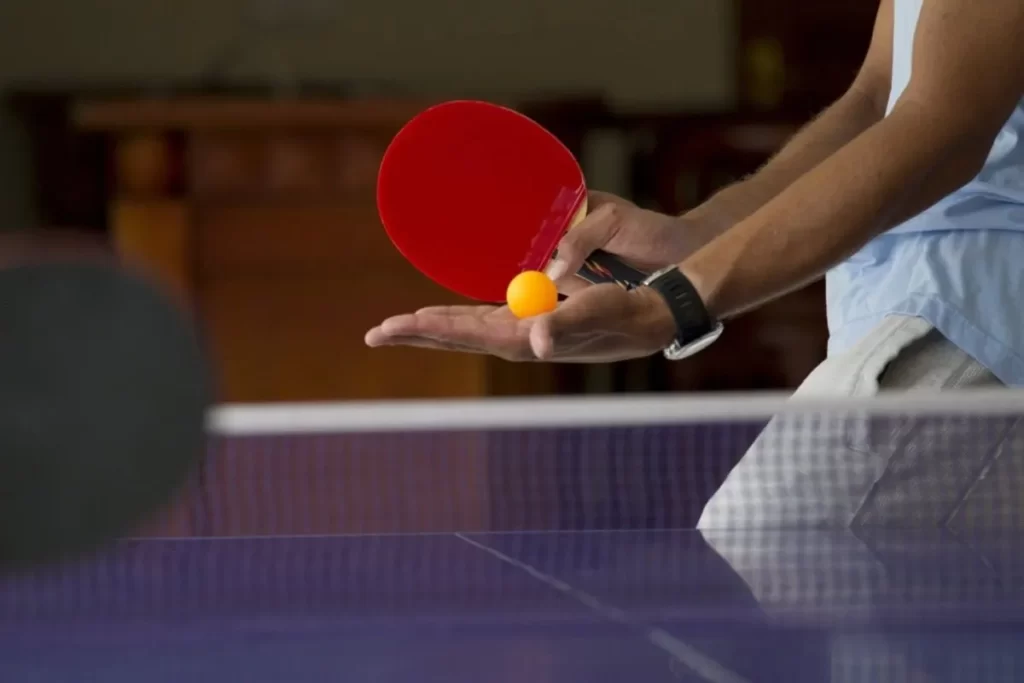Understanding the rules of tennis, beginners are often lost in the nuances of the score. Why 15, then 30, and then suddenly 40? Where do these numbers come from and what do they mean? Counting points in tennis does seem confusing, and we will try to reveal the system clearly, tell all the subtleties and history.
History and evolution of tennis scoring rules
The history of counting in tennis goes back to medieval Europe. It is believed that the system originally relied on the quarters of a clock, where 15, 30, 45 (later changed to 40) indicated intervals. The prototype of tennis originated in monasteries, where monks used clocks to count off points. But why 40 and not 45? The answer is simple: it was decided to simplify and speed up the game by replacing 45 with a shorter value.

The evolution of the counting system in tennis continued for centuries, becoming more convenient for spectators and players. In 1884, as the game began to take on its modern form, the rules were finally established in the form we know today. This transition to the current system was accompanied by an interesting combination of simplifications and adaptations aimed at improving the spectacle of matches.
Basic counting rules: how to count points in tennis
As soon as the ball flies over the net, the count begins, and each successful shot earns a player a point. In tennis, each game starts with a zero score (love) and then moves through 15, 30 and 40. The first step is understanding these numbers. A game is won when 40 is reached and a successful draw is made. If both players reach 40, a ‘deuce’ begins, meaning two consecutive points must be won to complete. A set consists of six won games with a difference of at least two. If there is no difference and the score is 6:6, a tie-break is introduced.
What is a game and how do I win a game?
A game is the basic unit of score in tennis. To win a game, you need four points, but only if the difference is two points. Think of each game as a mini-fight, like a round in boxing, where players take turns trying to land the decisive blow. The winner of the game gets one point in the set.
The tie-break: when a set is on the line
When the set reaches 6:6, it’s time for the tie-break, the deciding part where the tennis players battle to win up to seven points. The tie-break plays an important role as it helps to determine the winner under the most intense conditions. But even here there is a two-point rule, which often leads to protracted and extremely tense moments.
Athletes are forced not only to show skill but also incredible stamina, making the tie-break one of the most dramatic parts of the match. The term was introduced in the late 1960s at the initiative of American James van Alen, who wanted to speed up the duration of matches and make them more entertaining for the audience. Since then, this element has become an integral part of the tennis game, adding emotion and unpredictability.
How do you determine the winner of a set and a match?
 The winner of a tennis match depends on winning two out of three sets (or three out of five in major tournaments). Scoring in tennis often comes down to tense moments when both players are tied on points and the outcome is decided by a few successful strokes. In such situations, each game becomes a real test not only of skill but also of mental toughness.
The winner of a tennis match depends on winning two out of three sets (or three out of five in major tournaments). Scoring in tennis often comes down to tense moments when both players are tied on points and the outcome is decided by a few successful strokes. In such situations, each game becomes a real test not only of skill but also of mental toughness.
Factors influencing the victory in a match:
- Physical fitness: matches can last several hours and the level of physical endurance becomes a determining factor.
- Mental toughness: The most successful players are able to keep their cool at critical moments when every shot can be decisive.
- Strategy: the ability to choose the right tactics against a particular opponent is crucial. Observing your opponent’s weaknesses and using them to your advantage often decides the outcome of a match.
- Serving and receiving skills: A powerful serve can provide a significant advantage, especially at crucial moments.
- Rhythm: Controlling the tempo of the game, being able to slow down or speed up the rhythm depending on the situation, can also play a decisive role.
In such cases, every play and every point is of utmost importance. The tournament can be won by those who master technique, remain resilient, think strategically and stay focused in the decisive moments.
The subtleties of the rules for major tournaments
At major tennis championships, the scoring rules can be slightly different. For example, at Wimbledon there is no tie-break in the final set, which can lead to endless rounds of fighting. At the French Open, players also have to fight to the last man until a winner emerges with two consecutive games won.
Wimbledon:
- The lack of a tie-break in the final set can make the match incredibly long;
- stricter equipment requirements – all players must wear white uniforms.
French Open (Roland Garros):
- the final set is played until one player wins by a margin of two games;
- is played on a dirt surface, which slows the game down considerably and makes it more enduring.
Australian Open:

- the final set uses a super tie-break to 10 points to shorten the match;
- heat is often an important factor affecting the physical condition of players.
US Open: unlike other Grand Slam tournaments, a tie-break is used in every set, including the final set, making matches shorter.
Conclusion
 Knowing the rules of scoring in tennis opens up new horizons of understanding of the game for the player and spectator. Now that the conditions no longer seem like a mystery, the enjoyment of every moment increases. Understanding concepts such as draw, game, set and tie-break makes the game even more exciting.
Knowing the rules of scoring in tennis opens up new horizons of understanding of the game for the player and spectator. Now that the conditions no longer seem like a mystery, the enjoyment of every moment increases. Understanding concepts such as draw, game, set and tie-break makes the game even more exciting.
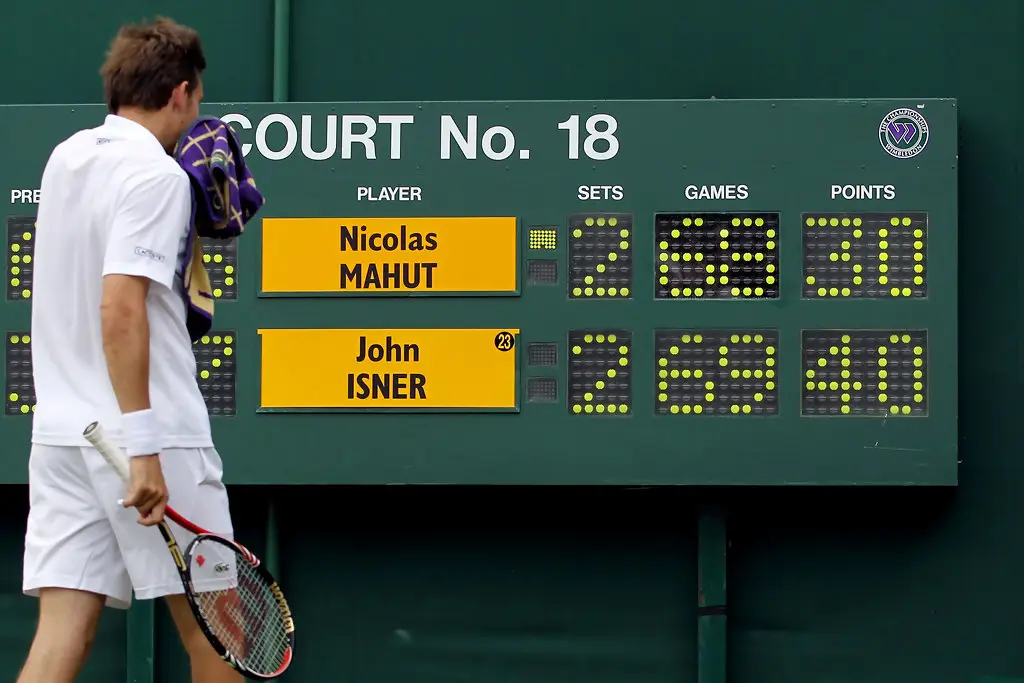


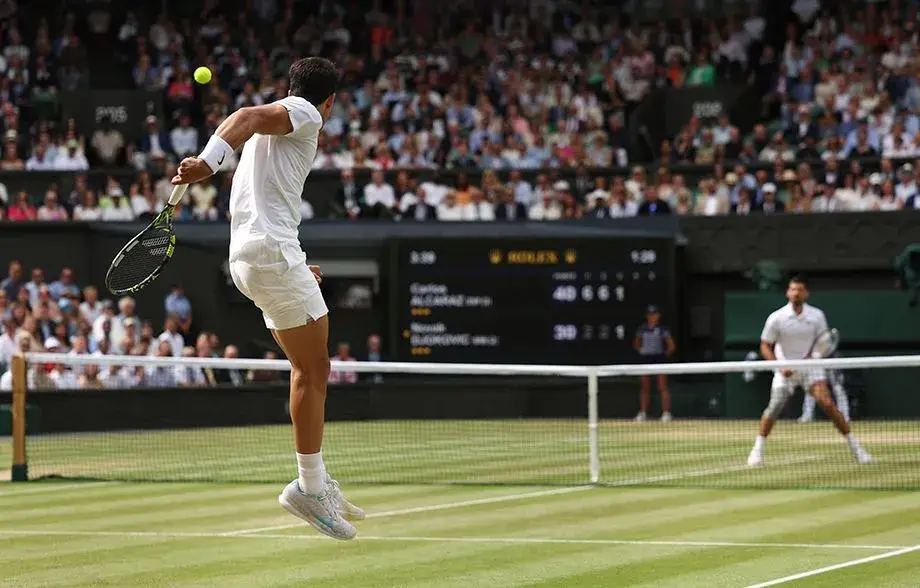 Wimbledon is the third Grand Slam tournament of the year, and not only tennis fans but also the players themselves are eagerly awaiting this event. There is no room for chance – the tennis players have to prove their skills on a grass court. The tournament began at the end of June, directly after the French Open, and demanded a complete change of heart from the athletes.
Wimbledon is the third Grand Slam tournament of the year, and not only tennis fans but also the players themselves are eagerly awaiting this event. There is no room for chance – the tennis players have to prove their skills on a grass court. The tournament began at the end of June, directly after the French Open, and demanded a complete change of heart from the athletes. Wimbledon is not just a sporting event, but a cultural phenomenon that reflects the traditions, history and greatness of tennis. The tournament unites generations and brings unforgettable emotions to millions of spectators around the world. Every year, players and fans look forward to the event because they know that Wimbledon never disappoints.
Wimbledon is not just a sporting event, but a cultural phenomenon that reflects the traditions, history and greatness of tennis. The tournament unites generations and brings unforgettable emotions to millions of spectators around the world. Every year, players and fans look forward to the event because they know that Wimbledon never disappoints.

 The most outstanding athletes in tennis history have competed and continue to compete on Australian courts. Novak Djokovic and Serena Williams are true legends of the tournament. The Serbian athlete has lifted the championship trophy seven times and become the king of Melbourne, leaving no room for his rivals. And Serena Williams has won the title seven times, demonstrating incredible resilience and talent.
The most outstanding athletes in tennis history have competed and continue to compete on Australian courts. Novak Djokovic and Serena Williams are true legends of the tournament. The Serbian athlete has lifted the championship trophy seven times and become the king of Melbourne, leaving no room for his rivals. And Serena Williams has won the title seven times, demonstrating incredible resilience and talent. The Australian Open continues to delight millions of fans around the world with its unique atmosphere, high level of competition, and unforgettable moments. This tournament is not just a sporting event, but a phenomenon that every year keeps fans glued to their screens and evokes empathy for the players. Dreams come true here, and every victory is a story of patience, perseverance, and love for tennis.
The Australian Open continues to delight millions of fans around the world with its unique atmosphere, high level of competition, and unforgettable moments. This tournament is not just a sporting event, but a phenomenon that every year keeps fans glued to their screens and evokes empathy for the players. Dreams come true here, and every victory is a story of patience, perseverance, and love for tennis.

 From the beginning, the format has evolved with the times and the desire to make the competition even more exciting. In 1923, the tournament was opened up to teams from other countries for the first time, taking it beyond the USA and Great Britain. This made the Davis Cup an international and colourful event. Gradually, first dozens, then hundreds of national teams from all over the world took part in the tournament. As early as 1972, the organisers changed the format of the matches to make the tournament more accessible for spectators and more comfortable for participants.
From the beginning, the format has evolved with the times and the desire to make the competition even more exciting. In 1923, the tournament was opened up to teams from other countries for the first time, taking it beyond the USA and Great Britain. This made the Davis Cup an international and colourful event. Gradually, first dozens, then hundreds of national teams from all over the world took part in the tournament. As early as 1972, the organisers changed the format of the matches to make the tournament more accessible for spectators and more comfortable for participants. The Davis Cup continues to symbolise continuity, tradition and sporting spirit. Its unique history and importance to world tennis make it an integral part of the sporting world. This tournament evokes incredible emotions in spectators and reminds them that true excellence is not only about individual performance, but also about the ability to work as a team and fight for the honour of one’s country.
The Davis Cup continues to symbolise continuity, tradition and sporting spirit. Its unique history and importance to world tennis make it an integral part of the sporting world. This tournament evokes incredible emotions in spectators and reminds them that true excellence is not only about individual performance, but also about the ability to work as a team and fight for the honour of one’s country.
 Daniil Medvedev continues to top the list of Russian tennis players. The athlete shows outstanding results on and off the court. This year, Medvedev won the US Open and increased his prize money to 500 million roubles. His successes have made him a leading figure in the tennis revenue rankings for 2024.
Daniil Medvedev continues to top the list of Russian tennis players. The athlete shows outstanding results on and off the court. This year, Medvedev won the US Open and increased his prize money to 500 million roubles. His successes have made him a leading figure in the tennis revenue rankings for 2024. In 2024, the highest-paid tennis players are inspiring new generations, signing multi-million dollar contracts, getting involved in charity and becoming the faces of the world’s biggest brands. Their successes are not just personal achievements, but also their contribution to the development of tennis and society as a whole.
In 2024, the highest-paid tennis players are inspiring new generations, signing multi-million dollar contracts, getting involved in charity and becoming the faces of the world’s biggest brands. Their successes are not just personal achievements, but also their contribution to the development of tennis and society as a whole.
 Let’s start with the basics. The number of games in table tennis is a key element of any match. In official matches, it is common to play to three or five wins, which makes the match dynamic and exciting. The match begins with a draw to determine who serves first. The rules provide for a mandatory change of sides after each set to ensure a level playing field for both participants.
Let’s start with the basics. The number of games in table tennis is a key element of any match. In official matches, it is common to play to three or five wins, which makes the match dynamic and exciting. The match begins with a draw to determine who serves first. The rules provide for a mandatory change of sides after each set to ensure a level playing field for both participants.
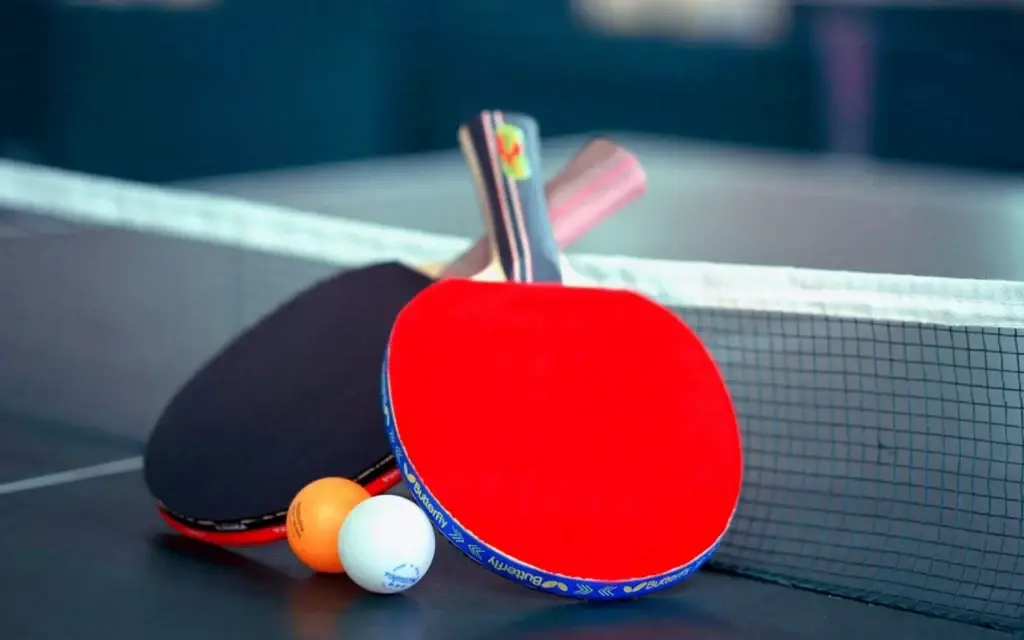 Now you know how many games of table tennis are played and the basic rules of this exciting game. Play a few games with friends or join a local club to try out all these strategies. Table tennis combines physical activity, mental work and incredible energy.
Now you know how many games of table tennis are played and the basic rules of this exciting game. Play a few games with friends or join a local club to try out all these strategies. Table tennis combines physical activity, mental work and incredible energy.

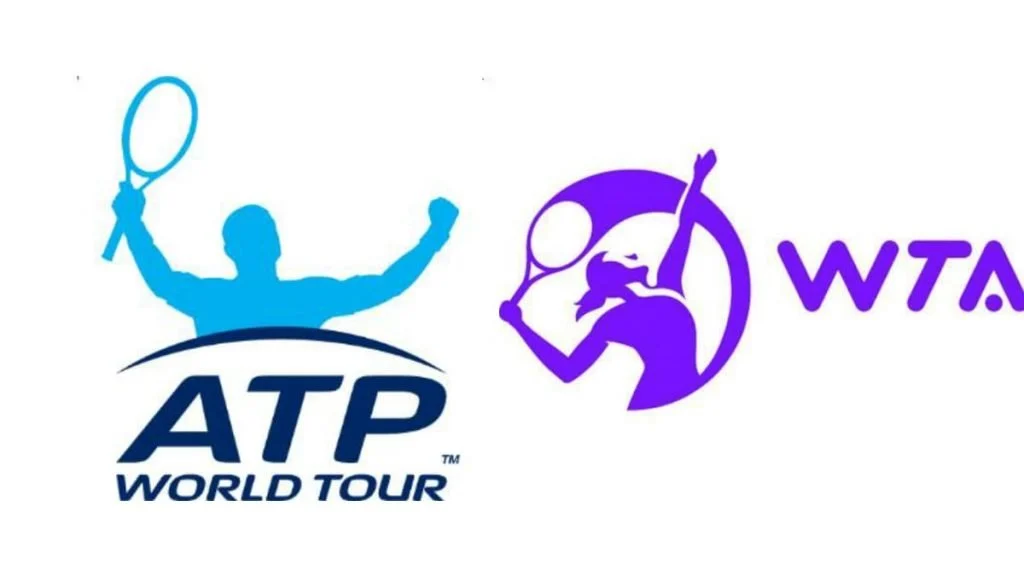
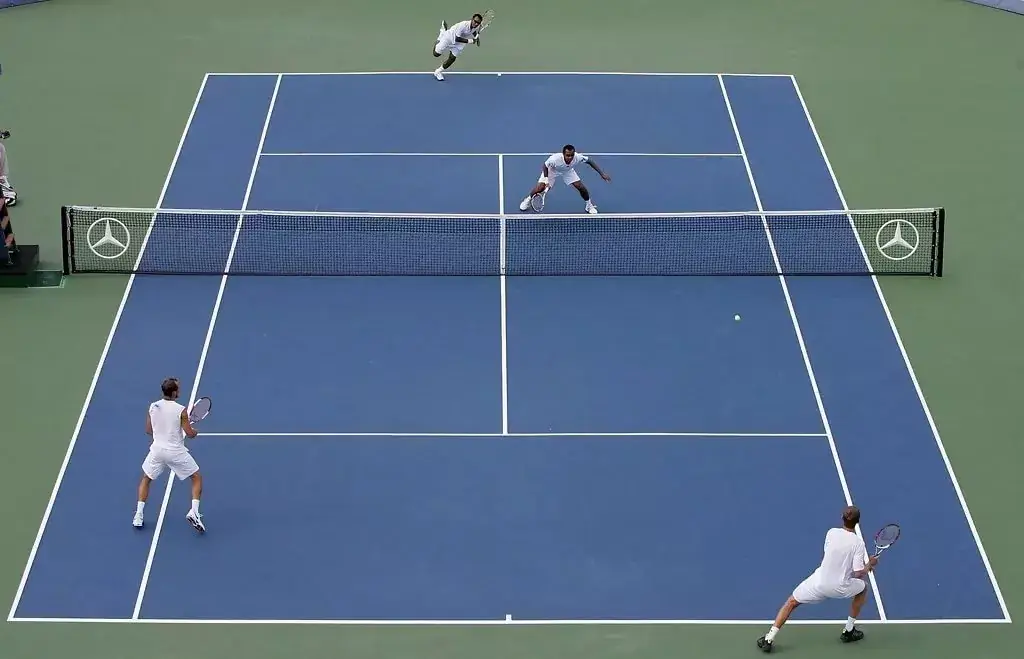



 The world of big tennis is changing rapidly, and each season brings new names and surprises. The tennis rankings are a living history of victories, defeats and perseverance. Novak Djokovic, Carlos Alcaraz, Rafal Nadal, Danil Medvedev and Iga Sventek – each of them contributes to this incredible sport, leaving their mark on history. Who will be the next champion and conquer the summit? One thing is certain: the fight will be spectacular and unpredictable.
The world of big tennis is changing rapidly, and each season brings new names and surprises. The tennis rankings are a living history of victories, defeats and perseverance. Novak Djokovic, Carlos Alcaraz, Rafal Nadal, Danil Medvedev and Iga Sventek – each of them contributes to this incredible sport, leaving their mark on history. Who will be the next champion and conquer the summit? One thing is certain: the fight will be spectacular and unpredictable.



 Serena Williams is a unique figure in the world of sports and one of the great tennis players. She has become a symbol of strength, perseverance, and has changed the perception of women in sports in general. Serena has won 23 Grand Slam titles during her career, cementing her status as one of the best tennis players of all time.
Serena Williams is a unique figure in the world of sports and one of the great tennis players. She has become a symbol of strength, perseverance, and has changed the perception of women in sports in general. Serena has won 23 Grand Slam titles during her career, cementing her status as one of the best tennis players of all time. The best tennis players of all time have left a colorful mark on history, inspiring millions of people around the world. Their legacy lives on not only in titles and records, but also in the hearts of fans who continue to support this incredible sport. Try your hand, feel the rhythm of the game and discover this amazing world.
The best tennis players of all time have left a colorful mark on history, inspiring millions of people around the world. Their legacy lives on not only in titles and records, but also in the hearts of fans who continue to support this incredible sport. Try your hand, feel the rhythm of the game and discover this amazing world.

